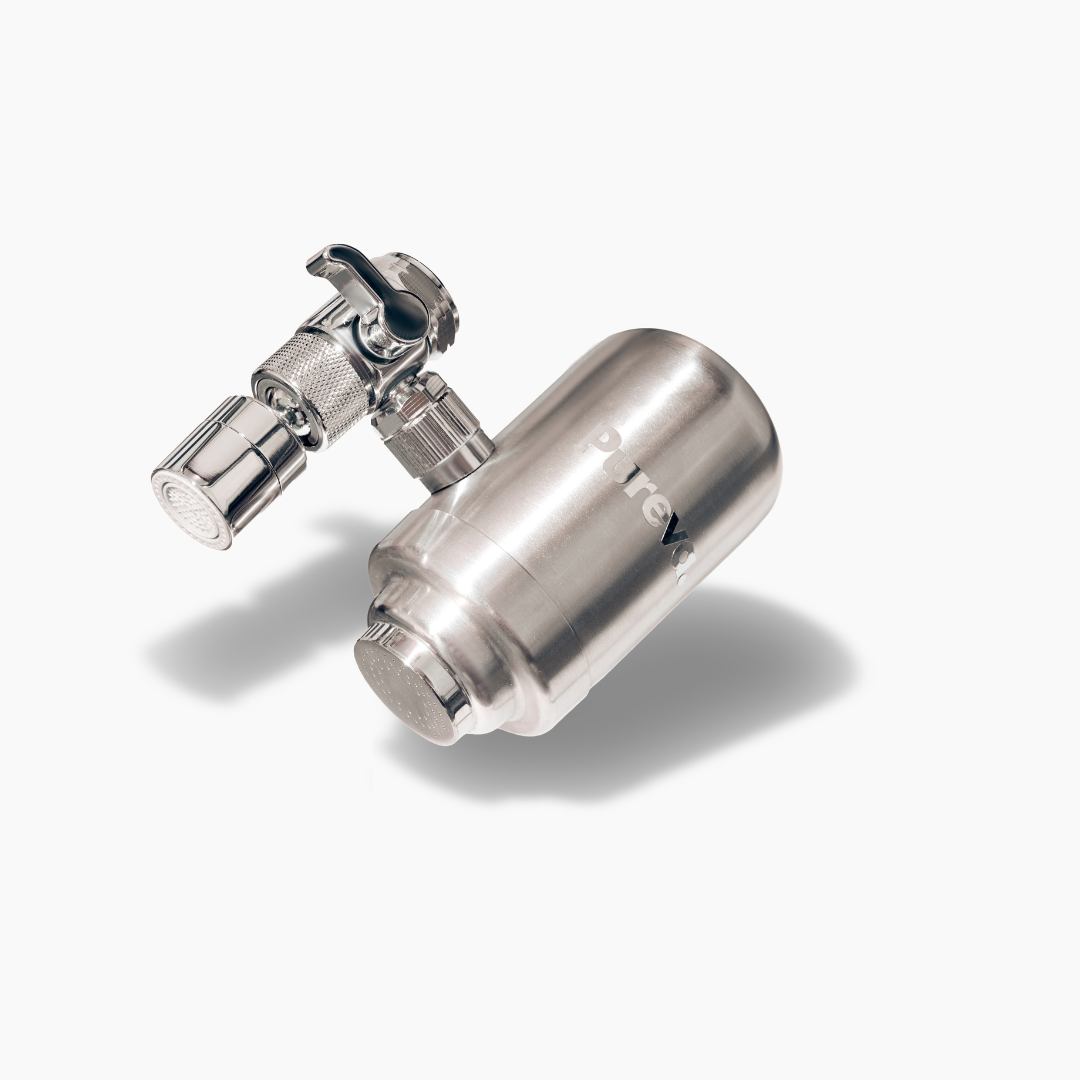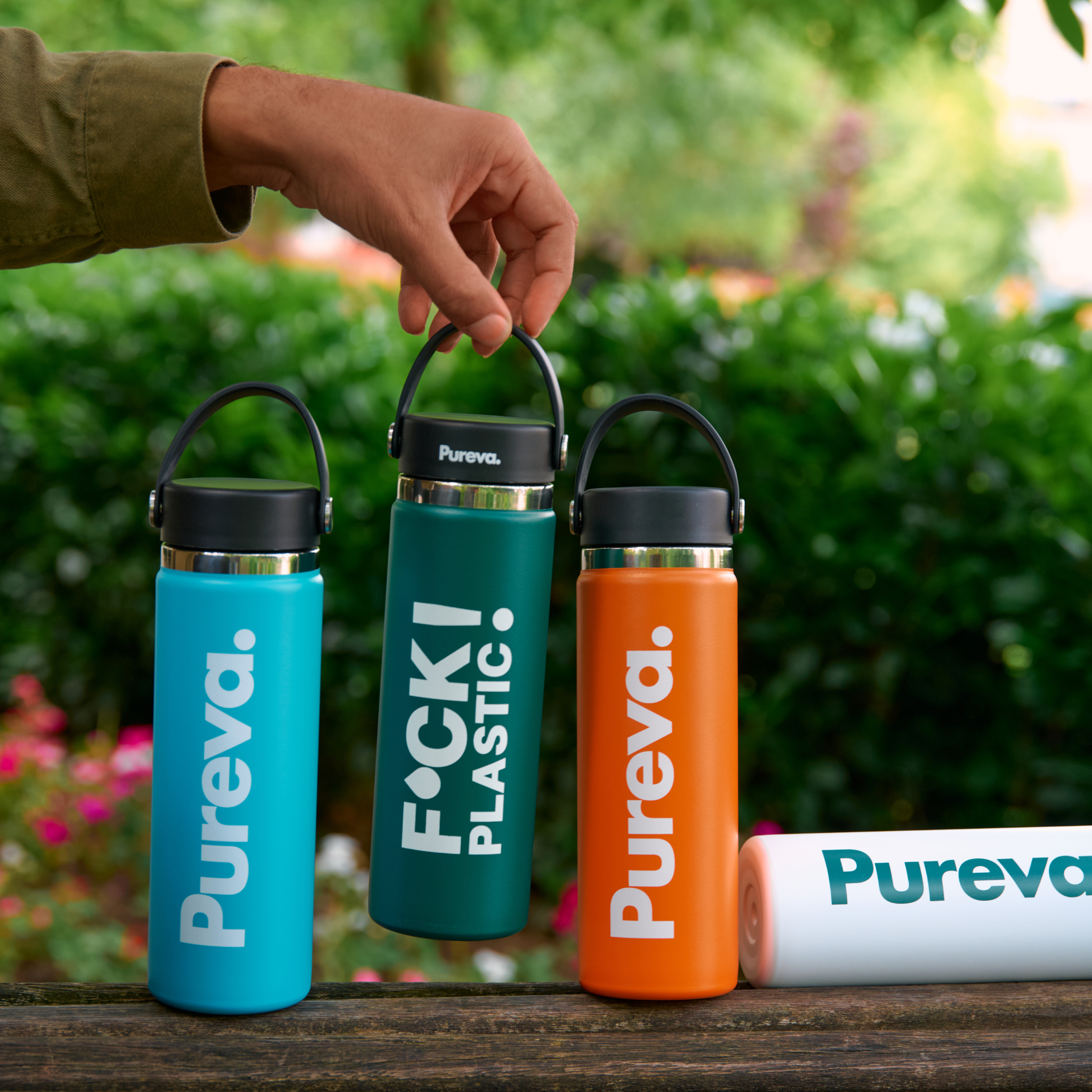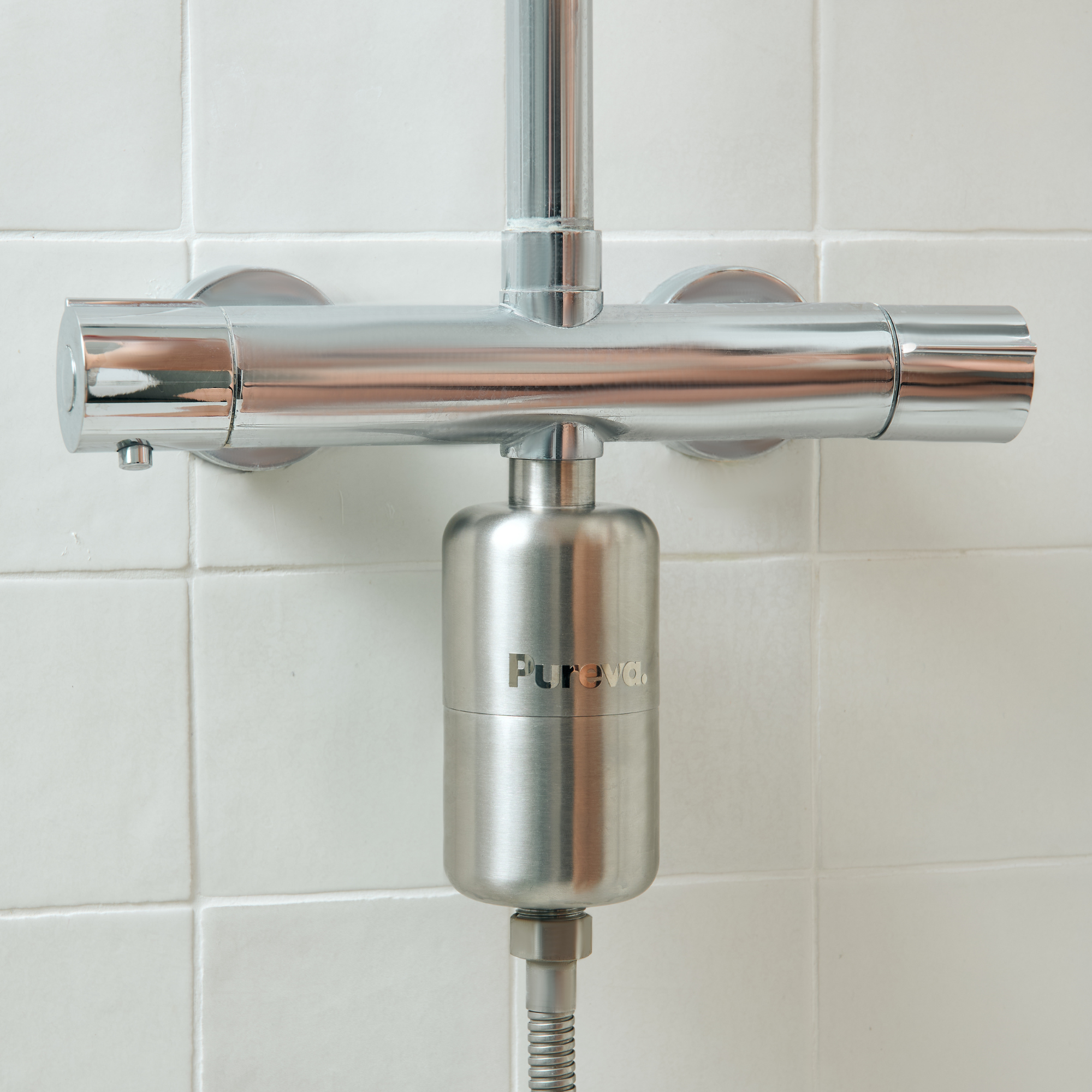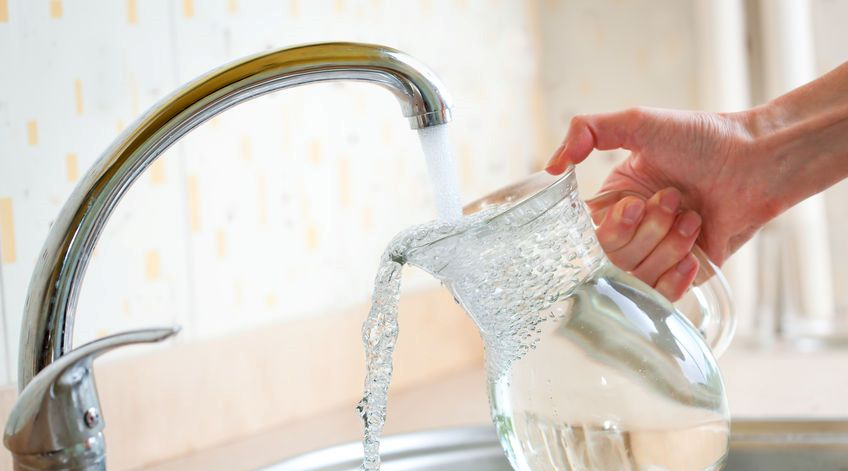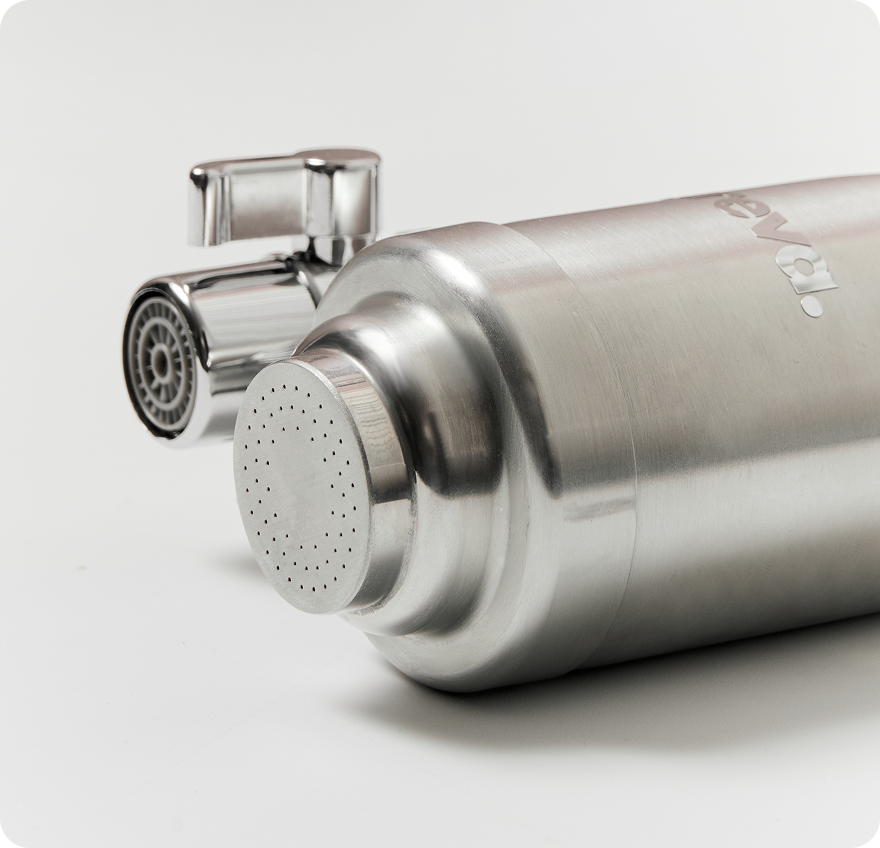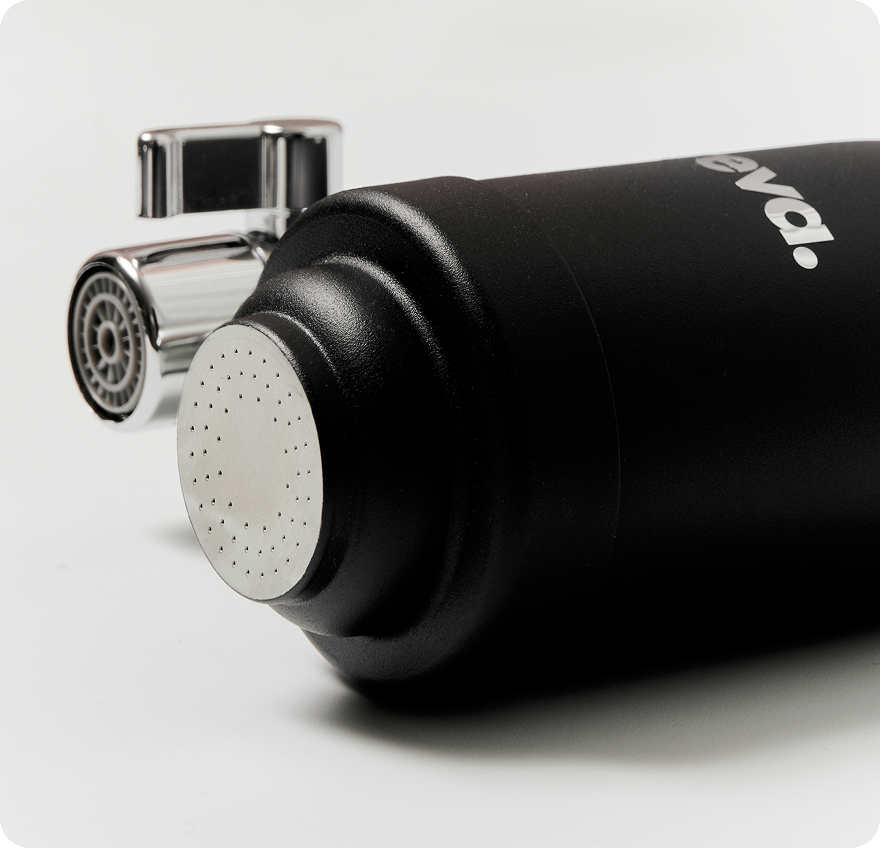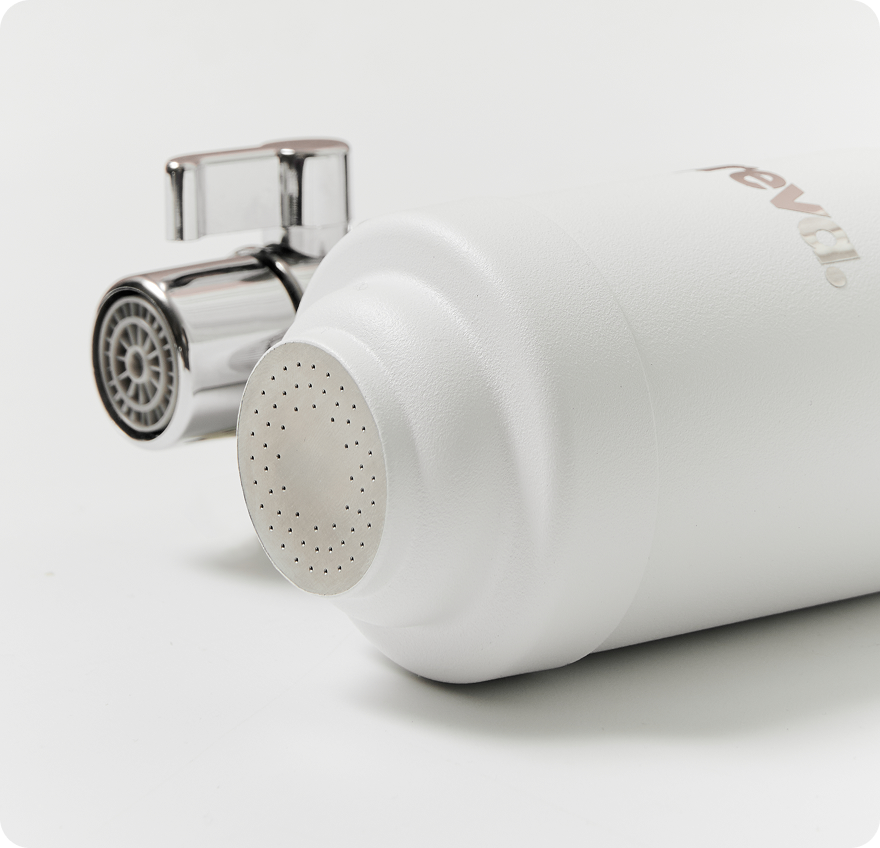Tap water , a precious and ubiquitous resource, contains many elements that vary depending on the region and the treatment applied. Between chlorine, minerals, and other residues, the question arises: is what's in tap water really good for our health? This article reveals everything you need to know about tap water, its benefits, its dangers, and how to improve its quality.
Does tap water contain minerals?
Yes, tap water contains minerals , including many trace elements essential to our health. These minerals come mainly from the rocks and sediments the water passes through before it is collected. If your water is properly filtered, you won't lose them along the way. However, mineral content varies depending on the region and water source.
Does it contain calcium?
Tap water often contains calcium , a mineral essential for the human body. Its quantity varies depending on the region (PACA, Ile-de-France or Nord-Pas-de-Calais for example), in particular depending on the nature of the soils and rocks crossed by the water before being collected. In regions where limestone rocks are predominant, the water is generally richer in calcium, thus contributing to the "hardness" of the water. Furthermore, in regions where the water is naturally harder, this calcium content may be sufficient to supplement the recommended daily intake.
Is tap water a source of magnesium?
Well yes, it is considered that drinking tap water every day provides you with between 10 and 15% of your daily magnesium intake . This alkaline earth metal helps regulate muscle tone, strengthens the immune system and contributes to the fixation of calcium in the bone structure.
What is the quality of tap water?
While tap water is often controversial, it is important to remember that it is one of the most controlled foods in France. The Regional Health Agency (ARS) monitors its quality by regularly carrying out health checks .
If tap water is often controversial, it is because despite these strict controls it is also impacted due to water pollution which can introduce undesirable elements into the distribution network, affecting its quality and taste.

Undesirable substances: nitrates, chlorine and heavy metals
Nitrates , often produced by intensive agriculture, can contaminate groundwater and end up in drinking water. At high concentrations, they pose a health risk, especially for infants. Chlorine, on the other hand, is commonly used to disinfect water , but it can give it an unpleasant taste. Finally, heavy metals, such as lead or mercury, can come from old pipes or industrial sources. In excess, these metals are toxic and can lead to long-term health problems.
The potability of water is assessed according to more than 60 criteria, including:
- The content of sulfates (less than 250 mg/l), potassium (less than 12 mg/l), and chlorides (max. 200 mg/l);
- The pH should be between 6.5 and 9;
- Organoleptic parameters (taste, color, smell);
- Microbiological parameters (absence of germs and viruses);
- The content of nitrates (less than 50 mg/l) and fluoride (less than 1.5 mg/l).
This list is not exhaustive; micropollutants, for example, are also analyzed to limit their presence and avoid long-term health risks. All of these factors therefore attest to the potability of tap water .
Hormones and other contaminants in your water.
Even if tap water meets current standards, it sometimes contains hormones and contaminants that are difficult to remove with current technologies. These elements present real challenges for water treatment units. Purification technologies are not always able to completely eliminate all of these contaminants, which is why installing a filter in your home is increasingly recommended.
These include endocrine disruptors, pesticides, and substances such as PFAS (perfluorinated and polyfluorinated compounds), often referred to as "perennial pollutants," as well as microplastics, all at any stage of the water cycle, including groundwater.
How can you find out the composition of your city's tap water?
The composition of tap water varies from region to region and even from municipality to municipality. You can also search for interactive maps of your city published by local or national government agencies. These allow you to check the water quality in each city .
Among the information cited, it is possible to verify:
- The bacteriological quality of tap water;
- Agricultural pollution (presence of nitrate or pesticides, for example);
- Radioactivity ;
- The physicochemical composition (water mineralization in particular).
Some independent laboratories also offer water analysis services for individuals wishing to obtain results on the composition of their water at home.
What is the solution to the pollutants in tap water?
With so many contaminants in tap water , it's essential to find a filtration solution that meets your needs. Whether it's to improve the taste of your water, remove unwanted substances, or simply reduce your environmental impact, there are several options available.
Tap Water vs. Bottled Water: Which is Better?
Choosing bottled water is not the right solution. It contains just as many, if not more, undesirable components, and the price is up to ten times higher (around 3 cents for tap water versus 40 cents for bottled water). Filtered tap water is the best solution because it allows you to save money while eliminating pollutants and harmful components.
It is even possible to give tap water to a baby as long as its structure is respected and you do not have a counter-opinion from a specialist .
Filtering tap water offers all of the following benefits:
- Savings compared to buying water packs;
- A practical solution : water is directly available at your home;
- Well-being and health : filtering water removes impurities, improves taste while protecting your health.

Pureva: an economical and practical water filter
The Pureva water filter installs easily on most faucets (95%) and requires no special tools. Its natural filtration system combines activated carbon and diatomaceous earth, capturing pollutants while preserving essential minerals.
Crafted from durable stainless steel and backed by a 10-year warranty, the filter offers a practical and sustainable solution for improving water quality while reducing the use of plastic bottles. With a no-obligation subscription, you'll receive replacement filters directly to your home, ensuring continuous and easy filtration every day.

